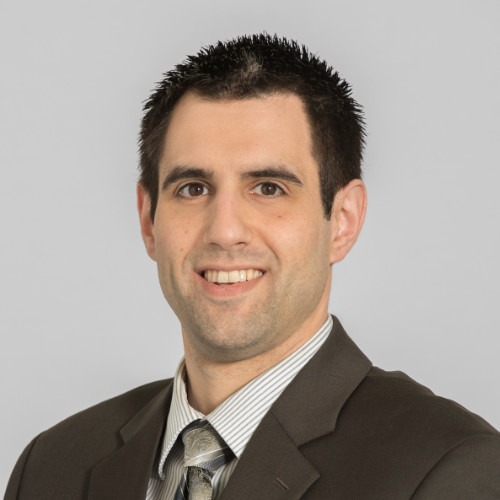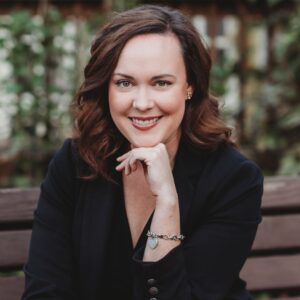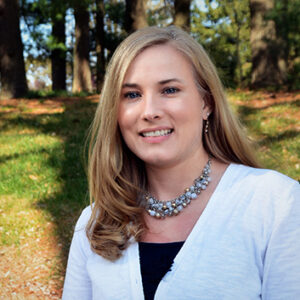CMS to release customizable nurse aide training modules
Last month, the Centers for Medicare & Medicaid Services (CMS) released a memo explaining that the Affordable Care Act mandates enhanced annual nurse aide in-service training, specifically in the areas of dementia care and resident abuse prevention. As such, CMS has updated the Interpretive Guidelines for F-tag 497 (Regular In-Service Education), and these two topics are now required as part of each aide’s yearly 12-hour training.
The congressional intent of the change is simple: Frontline workers must catch up to long-term care’s rapidly changing demographics. The coming profusion of aging baby boomers will inexorably push skilled nursing facilities to capacity. So while the current long-term care resident population with dementia continues to increase, it was also recently argued that Alzheimer’s disease will be the defining ailment of the boomer generation. Quality dementia care has become a prominent national concern.
Understanding how to prevent resident abuse also goes hand in hand with dementia care, says Alice Bonner, director of the Division of Nursing Homes at CMS. People with dementia are at a “particularly high risk of abuse” because they may not be able to clearly communicate their needs, she says.
Although a nurse aide’s initial training had already covered dementia care and abuse prevention, the goal of this annual mandate is to generate a “system-wide effort throughout nursing homes everywhere in the country to provide the best care,” Bonner says.
“What we’re really hoping will happen is that after the initial training, focusing on the nursing assistants, it will encourage facilities to bring the nursing leadership, the non-nursing staff and everyone onboard—because really, dementia care and abuse prevention is for everyone in the nursing home.”
TRAINING IN DETAIL
Now the training itself is where CMS has taken particular ownership, which means providers are soon going to be on the receiving end of some helpful materials. Karen C. Schoeneman is technical director of the Division of Nursing Homes at CMS and has been leading a team responsible for researching the best means of delivering this instruction to nurse aides.
Schoeneman’s team is working with both person-centered care experts and an educational contractor, which is analyzing current training products and developing new materials. In addition, the CMS team has been locating “best practice” facilities that excel in dementia care and abuse prevention and asking, “How did you make staff so interested to participate in this effort?”
STATE-BY-STATE DATA ON AIDES PHI recently unveiled its State Data Center, which profiles nursing home aides, home health aides and personal care assistants in every state. The Data Center is interactive with a map overlay and various charts detailing: workforce size and projected employment growth; trends in wages for each direct-care occupation; and information on health insurance coverage rates and reliance on public assistance. It also includes links to legislation and regulatory developments, state-based initiatives such as training programs and other related resources. Click here to visit the PHI State Data Center. |
The hope is that all nursing homes in the country will receive sometime this winter—although no hard date was confirmed—a set of training materials for the purposes of nurse aide in-services.
Each set of training modules will tentatively include an instructor guide, which Schoeneman says might be “like a notebook,” and a set of DVD clips shot in a nursing home portraying relevant information. The instructor—typically a nurse educator or department head—will then be able to stop the taped material for discussion. “Each should be an hour’s worth of training for a classroom of eight,” she says. A filmed demo class may also end up being included for the instructor’s own benefit.
“We wanted to make sure all nurse aides had the opportunity to have some training products that were state-of-the-art and modern that they can learn from,” Schoeneman continues. “Because these behavioral techniques are not natural to do, you really have to learn them.”
Providers will not be limited to the CMS materials, however. Bonner says that the training is customizable to realistically suit all kinds of facilities.
For example, if a facility’s management has already been doing dementia care and/or abuse prevention training to such a degree that they’ve even measured outcomes, they could choose either the “beginner” CMS materials or other advanced modules that are available.
“What we’ve tried to do is say, ‘CMS has spent some effort to design what we think is a good basic program for you, but we’ve also given facilities the option of going with something else if they find that it meets their needs better,’” Bonner says.
A BENEFIT FOR PROVIDERS
Lisa Cantrell, chief clinical and academic officer at the National Association of Health Care Assistants (NAHCA CareForce), says these materials are certainly needed. The population of residents with dementia in skilled nursing and even assisted living is “astounding,” she emphasizes.
“I believe that the industry has already taken measures to provide [dementia care and abuse prevention] training,” Cantrell says. “However, I understand that they have to have it in the regulations.”
Cantrell says that she was delighted when she read the CMS memo in August and found out the agency had contracted an educational consultant to develop new materials. There are many, many communities, especially those in rural areas, which do not have the resources of larger chains to purchase comprehensive training—even basic education—for their nurse aides.
Cantrell says that when you add in the “turbulent” state of the economy and the uneasy discourse in Washington on what the “super committee” plans on doing to entitlement programs, providers just can’t continue to take on more initiatives that will cost them money.
“Providers already absorbed the 11.1 percent funding reduction that CMS made to recoup for the payment errors, and then many states have already passed Medicaid cuts to help with state budgets,” she explains. “So I was very pleased to see that CMS is going to work toward providing resources for this education so that providers aren’t going to have to develop it on their own or purchase it.”
Cantrell says that providers with money to spare on training can buy into NAHCA CareForce’s own online education program, which recently launched. It teaches dementia care and abuse prevention, among other topics like communication skills, peer mentoring and “the importance of a positive attitude” for nurse aides.
Many industry vendors also offer advanced training programs, and CMS attached at the end of its memo plenty of resources for additional training alternatives with varying costs.
Both Schoeneman and Bonner encourage Long-Term Living’s readers to contact CMS with their own ideas or questions. Contact either Karen.Schoeneman@cms.hhs.gov or Alice.Bonner@cms.hhs.gov.

Kevin Kolus wrote for I Advance Senior Care / Long-Term Living when he was an editor. He left the brand in 2012. He is now senior communications manager at Cleveland Clinic.
Related Articles
Topics: Articles , Staffing











